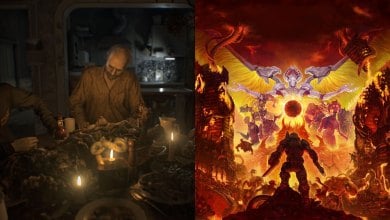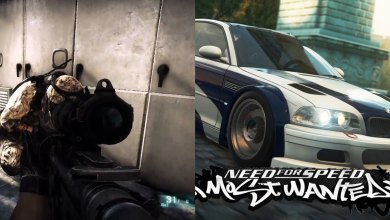Story Highlights
- Jotunnslayer: Hordes of Hel is a Norse mythology-inspired title by Games Farm.
- In the game, each god brings one unique mechanic while staying accessible.
- We interviewed the developers at Games Farm over email.
The realms of Norse legend are anything but forgiving. In Jotunnslayer: Hordes of Hel, players are thrust into ever-shifting battlegrounds where gods, giants, and elemental forces shape the flow of survival. What begins as a straightforward clash quickly unfolds into a layered struggle where players have to adapt and strategize their next moves quickly.
Blending the intensity of horde survival with mythological flair, Jotunnslayer stands apart through its evolving mechanics and strong community-driven design. To learn how the team has been weaving player feedback into everything from the Seal system to the upcoming Helheim finale, we spoke with the team at Games Farm for a deeper look behind the curtain.
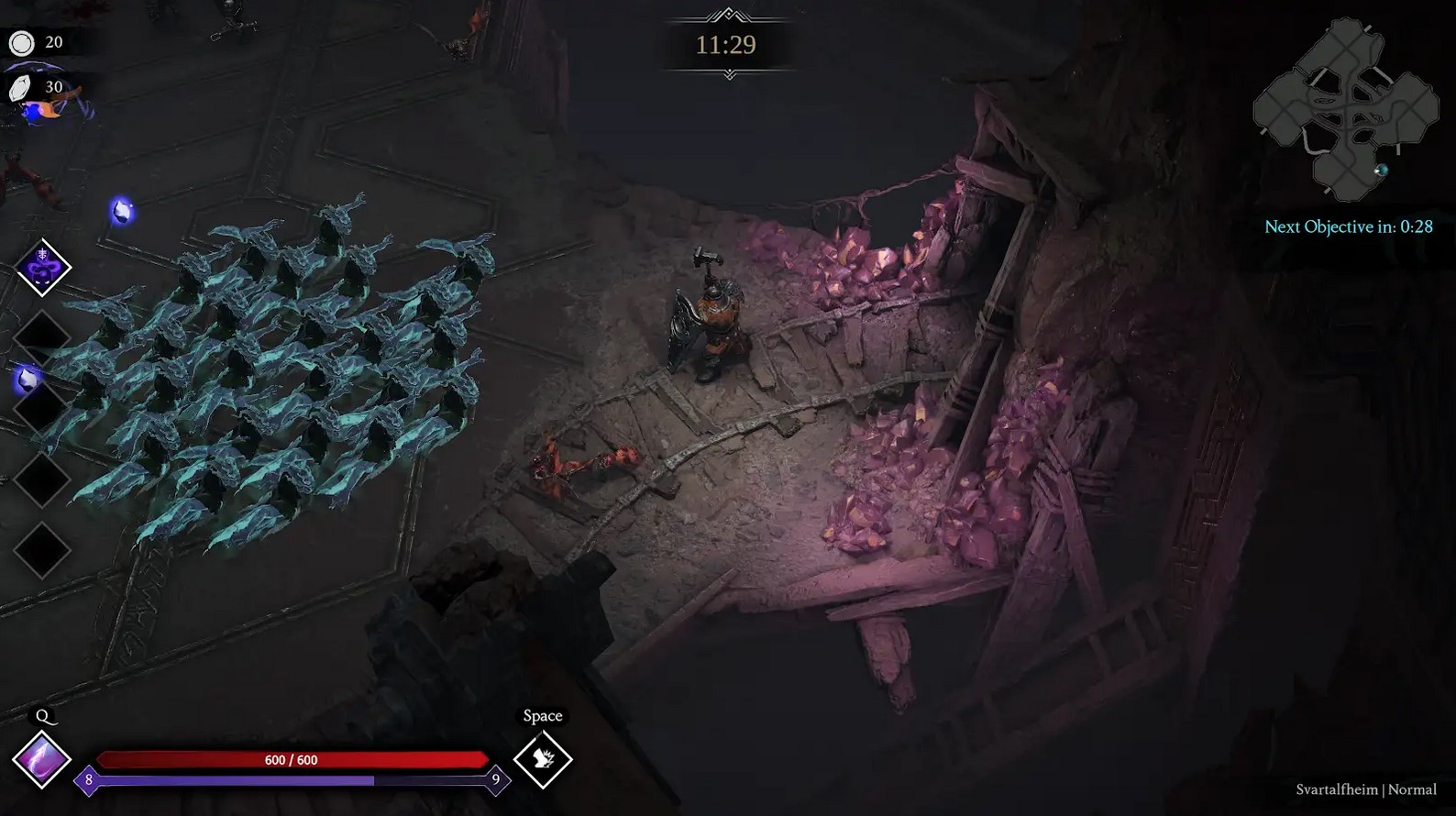
With each additional map, we’re trying to bring new elements to differentiate the gameplay from what the player has already played. Muspelheim had some new ideas, but based on feedback, it was clear that we needed to bring some variety in more than just enemies and obstacles, and play more with the shape of the map itself.
With the skill shop, the number of gods and classes has been getting a bit out of hand, which required us to rethink how to structure the skill shop and keep it usable even after multiple updates. In terms of the trophy room, it was a similar concern, regarding the increasing number of them.
With each new god, we are also thinking of possible ways they could influence the level-up system itself. Multiple players have asked for this functionality, and we think that including it in the Skill Shop is the perfect way, as it allows us to introduce it to players later and not have to overwhelm them with all the mechanics right at the beginning.
There are a few systems under consideration, but there is nothing we can promise at the moment.
There are a few systems under consideration, but there is nothing we can promise at the moment.
Yes, the Into Hel dev diary series will continue to accompany every major update, just as it has in the past. We’re currently preparing a new entry focused on the 1.0 release, where we’ll dive deeper into Helheim and Endless Mode. That said, with the launch just around the corner, we’re holding back a few surprises. We want players to experience some of the new content firsthand :).
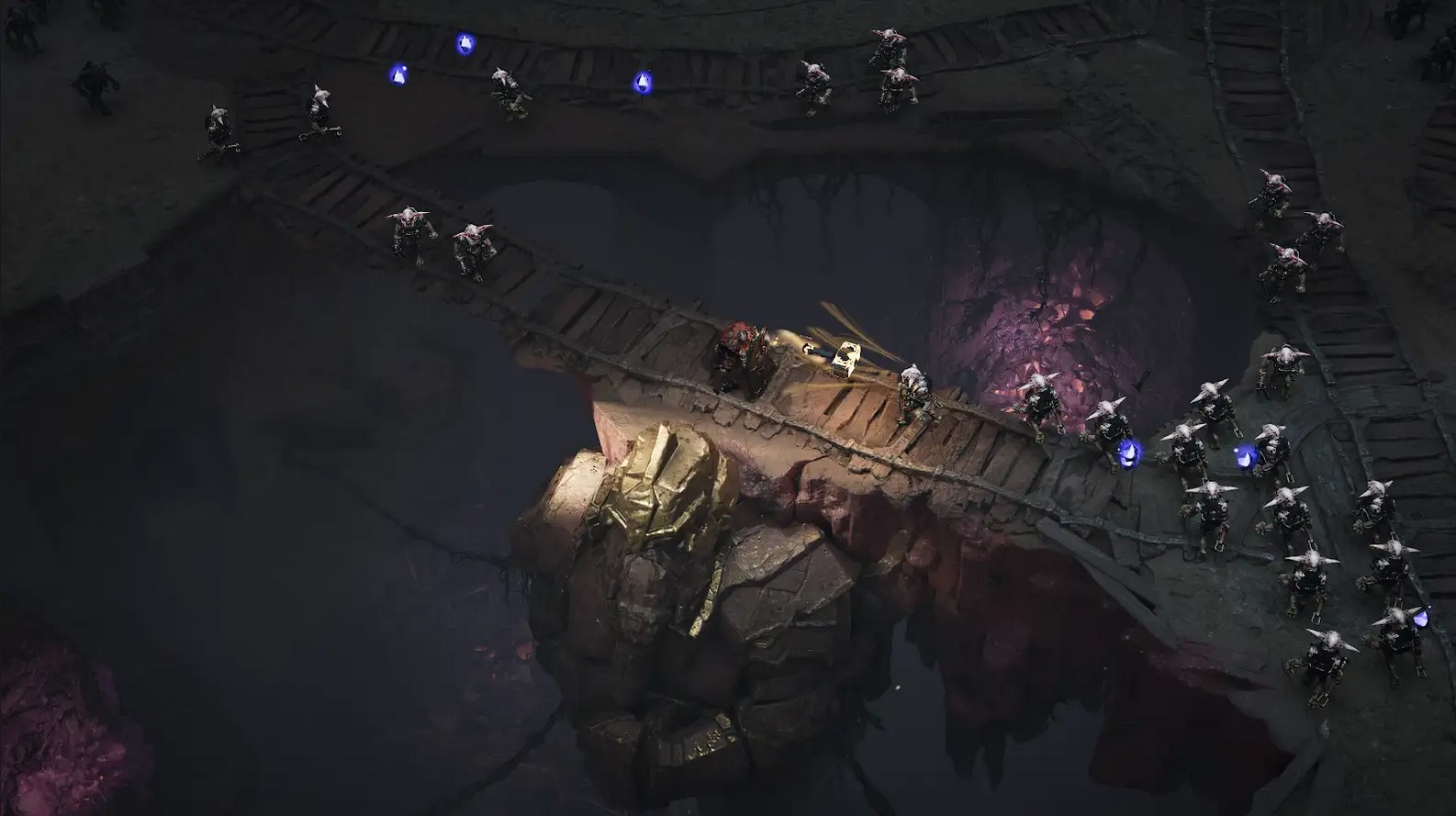
There are always ideas for more unique and out-of-the-box gods, but we want to keep the systems accessible for all players. Thus, the main focus has been on bringing one core mechanic for each god, but keeping the rest pretty stable. The most out-of-the-box god(s) at the moment have been Brokk & Sindri, which offer only passives, but each passive comes with an evolved version too.
Helheim is certainly important for the whole journey of our Jotunnslayer so far, so our goal was to put together a map worthy of a climax to the player’s journey, as well as to involve the narrative a bit more than in previous maps.
As our game has always been made with gamepad controls in mind, the changes between the PC and console versions shouldn’t be that significant.
We like to keep upscaling options non-mandatory, as from our experience, there isn’t one solution that would work great on all hardware. There are a lot of caveats with each implementation, so our goal is to offer players the best implementation we can offer for each and let them choose what works best for them.
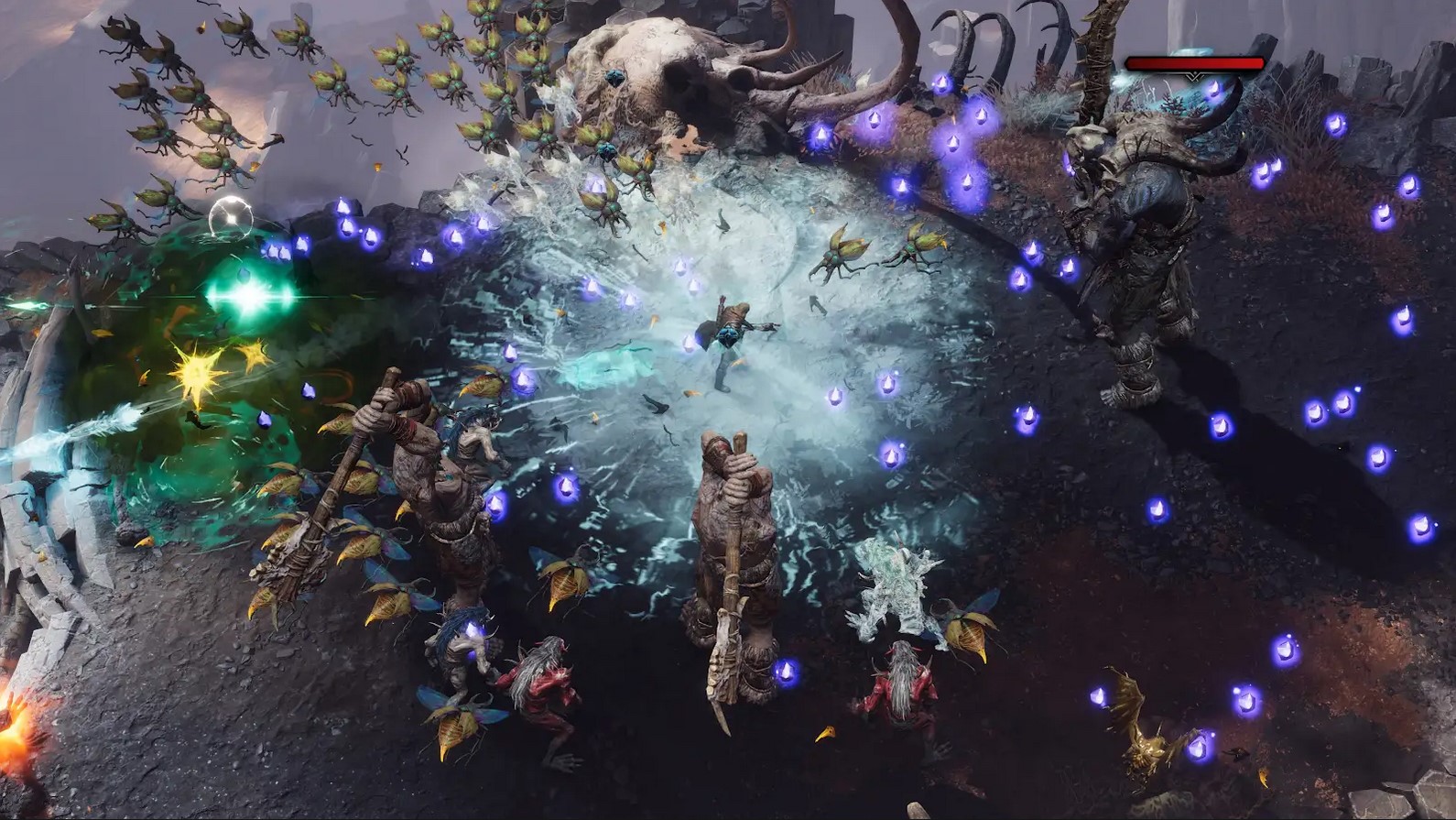
Since the game isn’t heavily narrative-driven, we haven’t prioritized audio localization, especially as the narrative elements we do have are meant to feel deeply rooted in the world’s lore and will be voiced in Old Norse for the 1.0 release. That said, the story component is getting a significant boost in 1.0, and we’re excited for players to experience that layer of depth. When it comes to translations, we’ve already covered the key languages most requested by our community. We’re open to adding more in the future if we see enough interest or demand from specific regions.
One of the key factors that worked in our favor was bringing a distinctive visual style to a genre that’s typically dominated by 2D or low-poly 3D aesthetics. The announcement trailer caught a lot of attention early on, and from that point forward, we focused heavily on staying connected with our community.
We’ve worked with players from day one, gathering feedback, suggestions, and bug reports through closed playtests, open playtests, and multiple demo releases. Each iteration showed clear improvements based on community input, which helped build trust and a strong sense of involvement.
This ongoing dialogue not only shaped the development but also helped organically grow a passionate player base who actively shared the game across social media and by word of mouth.
One of the major challenges when it comes to the Endless mode has been the fact that with our higher fidelity enemies, it wasn’t possible to keep increasing the number of enemies infinitely. This led to the idea of omens as another aspect of keeping an ever-increasing difficulty. The player is periodically offered a choice of omens (modifiers) to apply to their game, increasing the challenge. Players’ reception of omens has been pretty positive in general, but we’ll have to keep a tight balance between what challenge is enjoyable and what becomes too punishing or frustrating.
It really depends on the team and its specific needs, but for us, having a strong publishing partner has been essential. Grindstone is a spin-off from Games Farm, so we’ve been closely connected to our publishing team from the beginning, and that relationship has worked very well for us.
Self-publishing can be incredibly challenging, especially for smaller teams that need to focus most of their energy on development. Managing marketing campaigns, creating promotional assets, and coordinating with influencers it’s a full-time job on its own.
That said, it’s crucial to be cautious when it comes to publishing deals. We’ve seen and experienced some less-than-ideal ones in the past, which is exactly why we decided to build our own publishing arm with Grindstone: to support ourselves and other developers in a way that’s transparent and developer-first.
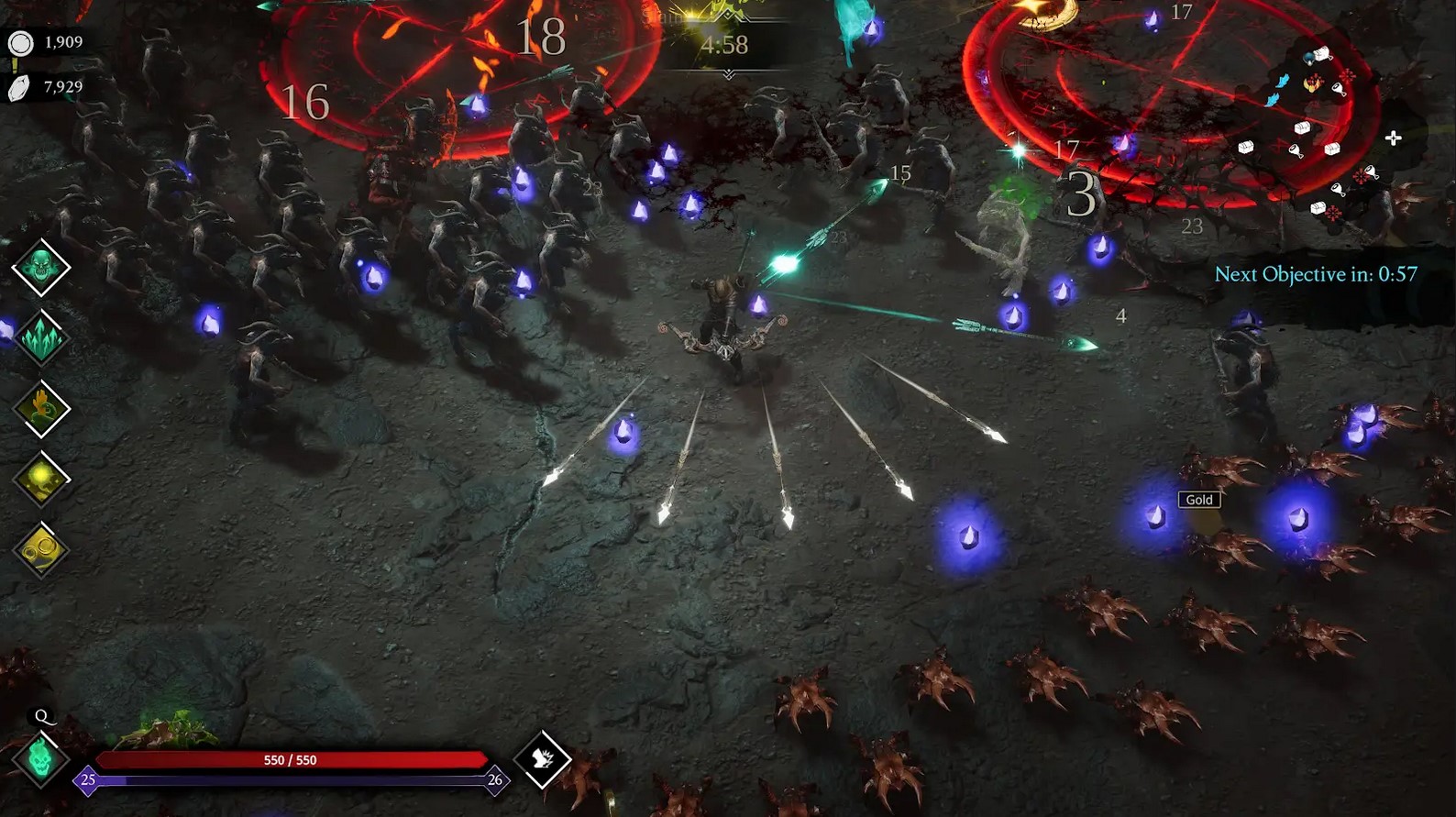
Jotunnslayer: Hordes of Hel is a Norse-inspired action roguelite developed by Games Farm and ARTillery, and published by Grindstone. The game is currently available in early access on PC. We thank the team at Games Farm for answering our questions and Chris King for helping with the interview.
Thanks! Do share your feedback with us. ⚡
How can we make this post better? Your help would be appreciated. ✍
